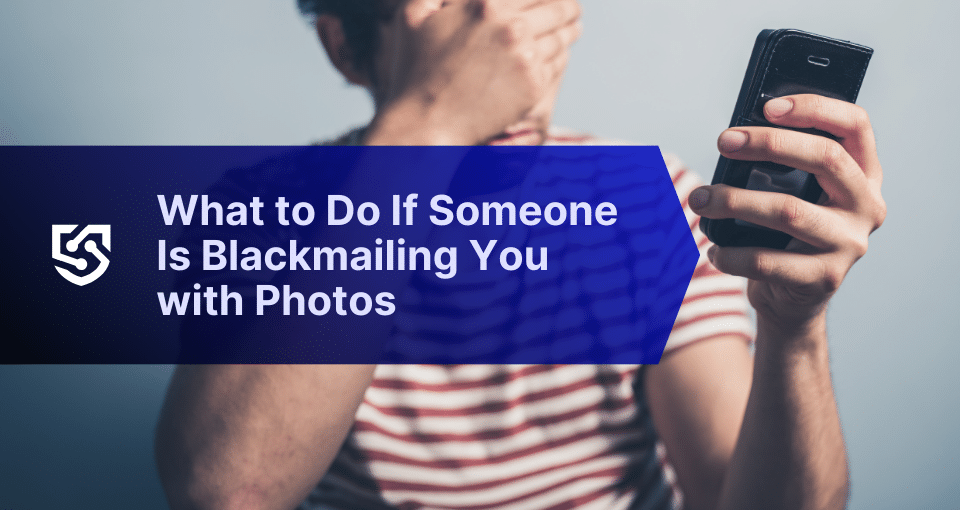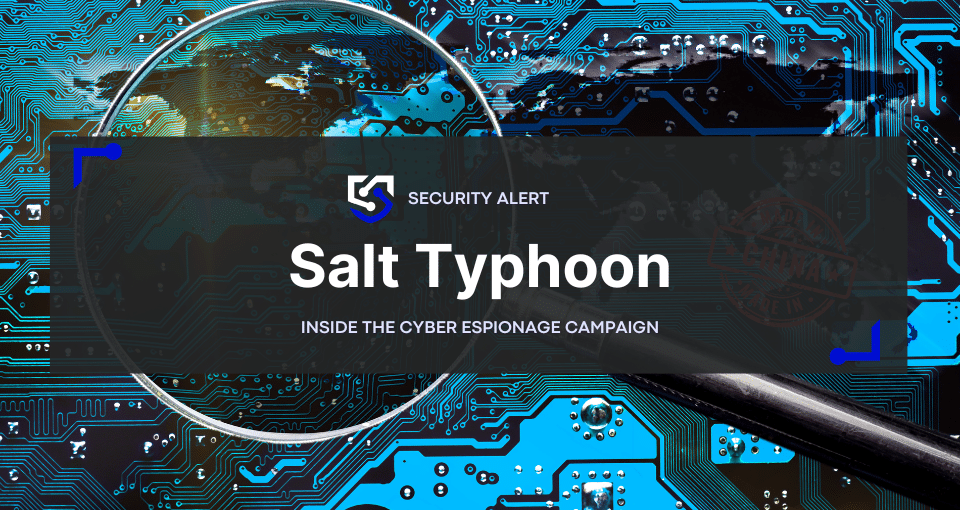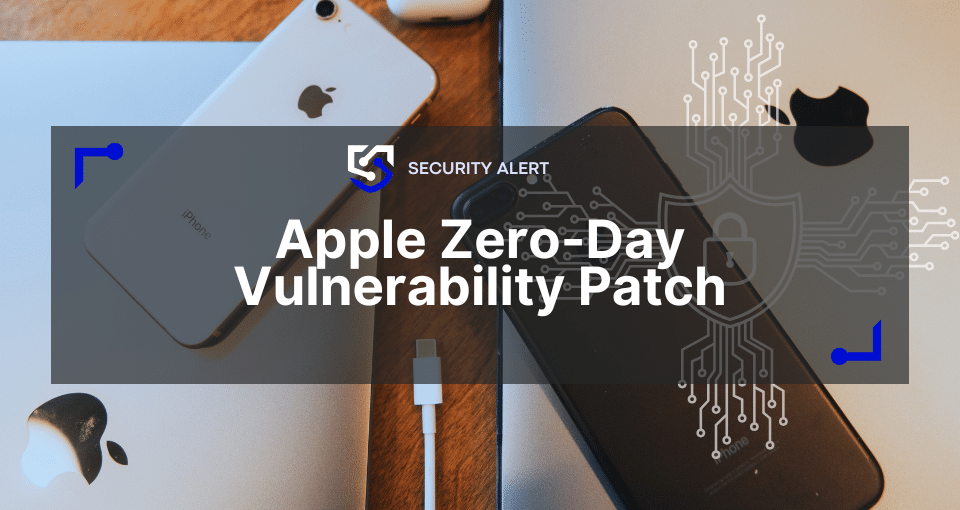Blackmail involving photos, especially intimate or compromising ones, is a serious crime that demands effective legal and strategic actions to minimize harm and seek justice. However, to prove the crime and have the evidence be admissible in court, some precautions must be followed while gathering the data. That’s when digital forensics experts come into action.
Proven Data cybersecurity and digital forensics experts created this comprehensive guide to combat this crime, safeguard online privacy, and provide actionable steps to assist victims in navigating how to proceed and protect themselves.
Whether you are a victim seeking guidance or a lawyer representing a client targeted by blackmail, romance scams, or even revenge porn, these strategies can offer critical support in addressing the situation effectively.
What is the difference between sextortion and romance scams
Sextortion is a form of blackmail where perpetrators threaten to share private or explicit images unless their demands (often for money, additional photos, or other favors) are met. This exploitation can occur through online relationships or by hacking and deceit.
Romance scams involve fraudsters pretending to have a romantic interest, manipulating victims into sharing sensitive information or images. Once obtained, these materials are used as leverage for extortion.
Both are illegal and punishable under various laws worldwide. Victims are advised to contact local law enforcement agencies to report the extortion. Also, lawyers and support groups, such as the Cyber Helpline, can provide victims with legal support to overcome this situation.
Immediate steps to take if you are being blackmailed with photos
If you or your client is facing blackmail with photos, taking swift and deliberate action is essential. Understanding these crimes is the first step toward combating them effectively. Below are actionable steps victims or their legal representatives can take when faced with photo blackmail.
1. Stop all communication
Advise clients to stop all contact with the blackmailer immediately. Continuing communication can lead to further manipulation or intimidation.
2. Do not pay or comply
Never pay the blackmailer or meet their demands for additional content or favors. Compliance often emboldens perpetrators to escalate threats.
3. Preserve evidence
Save all communications with the blackmailer, including emails, messages, screenshots of threats, and any other related materials. This evidence is vital for legal action and reporting.
4. Secure your accounts
Change passwords for all online accounts immediately. Use strong, unique passwords and enable two-factor authentication wherever possible.
5. Report the incident
File a report with local law enforcement and provide them with all available evidence.
In the U.S., victims can report cybercrimes like sextortion to the FBI’s Internet Crime Complaint Center (IC3). Similar resources exist in other countries, such as the UK’s National Cyber Security Centre (NCSC), Canada’s Anti-Fraud Centre, and Australia’s Cyber Security Centre (ACSC).
6. Notify platform administrators
If the blackmailer contacts the victim via a social media platform or app, advise your client to report the perpetrator’s account to the platform administrators. Many platforms have policies against such abuse and can suspend the account.
Legal solution for victims of blackmail
Once immediate measures are taken, victims can explore legal options to ensure long-term protection and pursue justice against perpetrators.
Lawyers can guide clients who are victims of blackmail involving photos, including sextortion and other forms of image-based abuse, through several legal avenues to protect themselves, seek justice, and prevent further harm.
1. Pursuing criminal charges
Threatening to share intimate images without consent or demanding money or favors in exchange for silence is illegal. Make sure to work with law enforcement to initiate an investigation and potentially prosecute the offender.
Ensure your client files a police report with all available evidence, including screenshots of threats, communication logs, and any metadata from images or videos. Request the assistance of a digital forensics professional to acquire this information.
2. Filing civil litigation
If the blackmailer’s identity is known, victims may pursue civil lawsuits to seek damages for emotional distress, reputational harm, or financial losses caused by the extortion.
If this is not your area of expertise, work with an attorney experienced in cybercrime or defamation cases to file a lawsuit. Evidence such as communications with the blackmailer and forensics analysis of digital content will strengthen your case.
3. Seeking injunctions
Victims can request court orders, also known as injunctions, to prevent the further dissemination of their images or videos. An injunction is a legal order that prohibits the blackmailer from sharing or distributing the victim’s private content. Violating this order can result in severe penalties for the perpetrator. Injunctions are particularly effective when the blackmailer’s identity is known and they pose an ongoing threat.
Advise your client to file an injunction in civil court, presenting evidence demonstrating the imminent risk of harm if the content is shared.
4. Reporting image-based abuse
In cases where intimate images have already been shared or there’s a threat of dissemination, victims can report image-based abuse to platforms where the content was posted (e.g., social media sites) and request its removal.
Tools like StopNCII.org (for adults) and TakeItDown.NCMEC.org (for minors) allow victims to create digital ‘fingerprints’ (hashes) of their images, preventing them from being uploaded on participating platforms without consent
Seek multiprofessional assistance
Legal action alone may not address all aspects of blackmail cases. Lawyers can advise clients to combine legal measures with support from cybersecurity experts, digital forensics services, and counseling professionals. For instance:
- Cybersecurity firms can trace perpetrators and secure compromised accounts.
- Digital forensics experts can authenticate manipulated images or recover deleted evidence for use in legal proceedings.
- Support networks and therapy provide emotional assistance during this challenging time, allowing victims to regain control over their lives.
By leveraging both legal remedies and professional support services, victims can regain control of their situation while holding perpetrators accountable under the law.
Specialized forensics services for legal cases
For lawyers and legal professionals handling blackmail cases involving photos or sextortion, Proven Data offers specialized image forensics services to assist in navigating these complex situations. Our team is equipped to handle urgent digital forensics needs 24/7, using advanced tools and techniques to protect your privacy, ensure evidence integrity, and support legal proceedings. Here’s how we can help:
- Image Authentication: We analyze metadata, file structures, and pixel-level details to determine if an image has been manipulated or is consistent with the original.
- Expert Witness Services: Our forensics experts provide unbiased testimony, detailed reports, and trial preparation, ensuring that the digital evidence is presented effectively in court.
- Data Preservation: We follow strict protocols to maintain a secure chain of custody for all collected evidence, ensuring its admissibility in legal contexts.
At Proven Data, our mission is to empower victims and legal professionals with reliable forensics solutions tailored to their unique cases.







